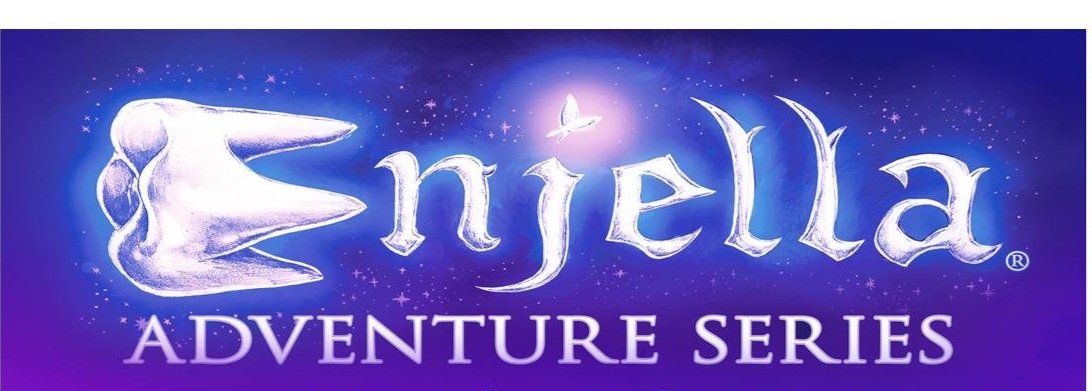Do boys really not want to read about female main characters, or have they just not been given that option?
“The book was well written but it would only appeal to girls. Too bad you didn’t write about a wizard instead of a fairy.” That was the first rejection I received from a publisher for my Enjella Series, Gee! And I thought a wizard series had already been done!But jokes aside, the rejection made me fume. Why would my book about the adventures of a strong female protagonist not appeal to boys? Why wouldn’t a boy just enjoy the story? And the answer is . . .It is a bit complicated, but there is a good argument to be made that it is still engrained in our culture that it is a male dominated world. This mindset is self perpetuating, even in this day and age of inclusiveness. Why just last week a school librarian made almost the same objection – my books don’t have ‘broad’ appeal. I know they are about fairies. I understand ‘fairy’ can have a negative connotation. I call the male magical creatures in my books “flandles”. I made up a word just to be sure there was no negative baggage attached. But why are female words like ‘fairy’ and ‘queen’ given negative connotations? And was the objection of ‘limited appeal’ about fairies or the fact that the book is about a female?Do boys really not want to read about girls? Jennie Yabroff of the Washington Posts says the answer is we don’t know! There are fewer children’s books about girls than boys, so there is less opportunity. And the publishers, educators and librarians choosing the books are more reticent to pick and promote books with female characters. While the trend in picture books is to write about animals to avoid identifying gender, the animals still have names, and are still referred to by pronouns. Yabroff’s article, Why Are There So Few Girls in Children’s Books? says whether it is a human, an animal or a crayon, the main character is almost always male.The interesting thing is that more women than men write children’s books and are involved in promoting them. But many famous writers who are women were published using gender neutral initials (think J.K. Rowling). It made me wonder whether A. A. Milne, the creator of the Winnie the Pooh series was a woman, especially in light of the new book Finding Winnie by Lindsay Mattick revealing the real bear the stories were based on was a female! I did confirm that A. A. Milne was a man, the father to Christopher Robin who named his stuffed animal Winnie after a female bear in the London Zoo. Did Mr. Milne’s publishers tell him the bear had to be a boy or the book would only have limited appeal?Ms. Yabroff’s Washington Post article discussed a study conducted in Florida in 2011 that found that only 7.5 percent of the nearly 6000 children’s picture books published in the 20th Century had female main characters. While that is improving a bit in the 21st Century, somehow making more strong female character children’s books is not yet a cause celebre. Except to me. My kids noticed there were more books about boys than girls. Jocelyn once couldn’t find any books she wanted to take out of the library because she was “sick of reading about boys.” It is one of the reasons I started writing my children’s books.So everybody go out and buy my book and tell your favorite bookstore and librarian that they should carry it! Just kidding. Well, of course, you can if you want to – but I would rather you find your childhood favorite book and read it to a kid. Just to let them know about the wonderful world of books that is out there, even if it is male dominated. And if you happen to want to do what Ms. Yabroff does – insert female pronouns for the crayon main character – it’s your prerogative.© Jane F. Collen January 12, 2016
My kids noticed there were more books about boys than girls. Jocelyn once couldn’t find any books she wanted to take out of the library because she was “sick of reading about boys.” It is one of the reasons I started writing my children’s books.So everybody go out and buy my book and tell your favorite bookstore and librarian that they should carry it! Just kidding. Well, of course, you can if you want to – but I would rather you find your childhood favorite book and read it to a kid. Just to let them know about the wonderful world of books that is out there, even if it is male dominated. And if you happen to want to do what Ms. Yabroff does – insert female pronouns for the crayon main character – it’s your prerogative.© Jane F. Collen January 12, 2016
